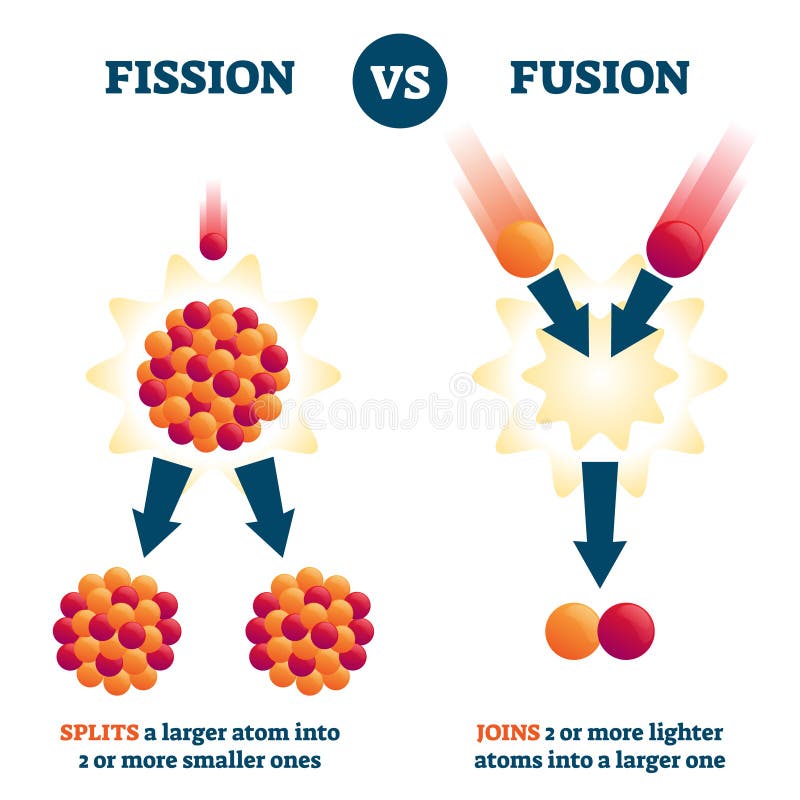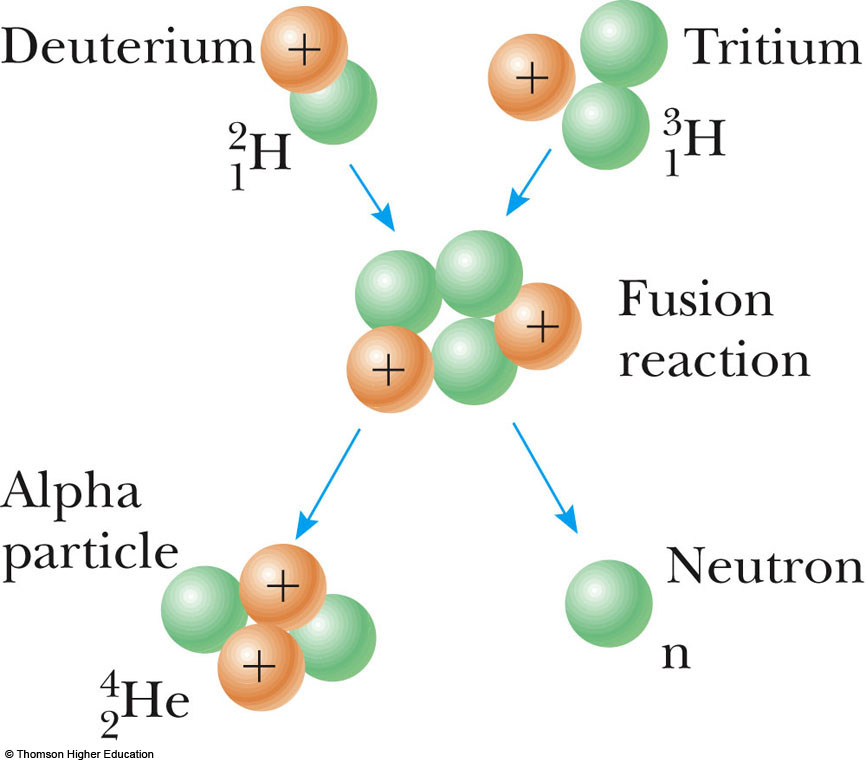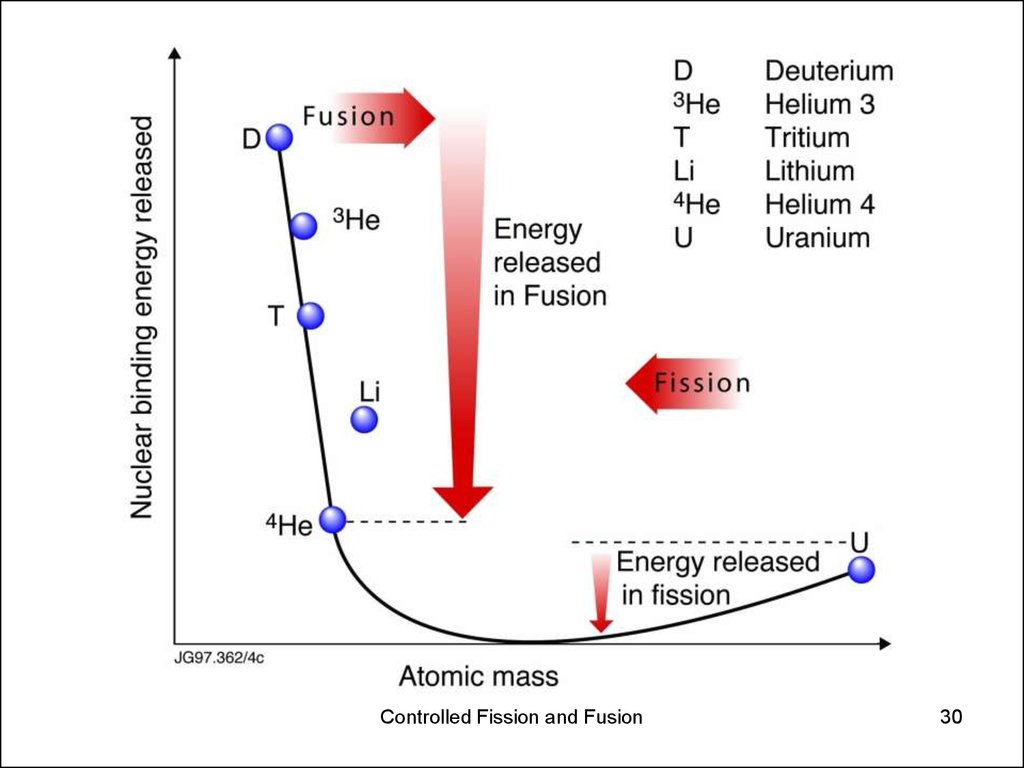
- #JOULES FROM FUSION VS FISSION HOW TO#
- #JOULES FROM FUSION VS FISSION GENERATOR#
- #JOULES FROM FUSION VS FISSION PLUS#
Recent advances that increased plasma-based magnetic field strengths are improving the prospects of magnetic confinement approaches.
#JOULES FROM FUSION VS FISSION PLUS#
Fusion companies declared over $4.7bn of private funding to date, plus an additional $117 million in grants and other funding from governments, more than doubling the industries entire historic investment in a single year.


An amazing number of firms are working to commercialize fusion reactors.Īccording to The Fusion Industry Association, there are more than 30 private companies pursuing fusion power. Some new nuclear reactor design concepts are in operation but many of the newest US and European designs are looking to make new nuclear fission power before 2030. More than 50 companies and organizations are working on new fission power reactors like the SMR (Small Modular Reactor). With energy prices on the rise, along with demands for energy independence and an urgent need for carbon-free power, plans to walk away from current fission based nuclear energy are now being revised in Japan, South Korea, and even Germany.
#JOULES FROM FUSION VS FISSION HOW TO#
The experience gained from learning how to focus lasers to make fusion happen may not be so applicable to the other approaches to achieving fusion which are not using lasers at all.
#JOULES FROM FUSION VS FISSION GENERATOR#
A Fusion reactor will harvest heat energy much like fission or fossil plants to make steam and drive a steam turbine which will be connected to a generator to make electric power. How does this breakthrough help get us to a practical way to make abundant clean power?Ĭonsidering this fusion scheme needed 300 megajoules of grid power to make 2 megajoules of laser light there is a long way to go before we have a scalable reaction system to make power. It should be noted that the inertial confinement method is only one of the approaches that scientists have been working on for the past 50 years. To reach overall energy balance feasibility, this approach would need to greatly improve the energy efficiency of the lasers and configure the reactor to result in more fusions to occur from this amount of laser energy. The laser pulled more than 300 megajoules off the grid to produce about the 3.15 mega joules of heat released by the fusion reaction of deuterium and tritium. While the energy released from this fusion was greater than the laser energy that hit the peppercorn sized target, the overall energy balance is a net loss and is not ready to be scaled up. The burst output of 192 laser beams focused on a tiny diamond sphere the size of a peppercorn to generate a shock wave that pushed hydrogen atoms close enough together to fuse. 2.05 megajoules (MJ) of laser energy was directed to the target, which released 3.15 MJ of fusion energy. On December 5, a team at LLNL’s National Ignition Facility (NIF) ran a fusion experiment that produced more energy from a fusion reaction than the laser energy used to drive it. Reaching this breakthrough gives us an indication we are making progress with the science but putting this accomplishment into context we still have a long way to go before we can engineer a fusion power plant. The world has been impatiently waiting for scientists to find a way to unlock this power. Science has long known that nuclear fusion from plentiful hydrogen has the potential to provide a nearly unlimited source of clean power. Will this accomplishment pave the way to finally unlock this abundant energy resource and enable the future of clean power?Īt ARC we are following the energy transition and the associated digital transformation, so we are always interested to follow the many sources of clean power generation that are competing for our energy future.

There have been recent news announcements that describe achieving a major fusion power breakthrough at Lawrence Livermore National Laboratory (LLNL). Nuclear fusion is the holy grail solution to our planet’s clean energy needs, but making it work smoothly and continuously is an immense challenge.


 0 kommentar(er)
0 kommentar(er)
